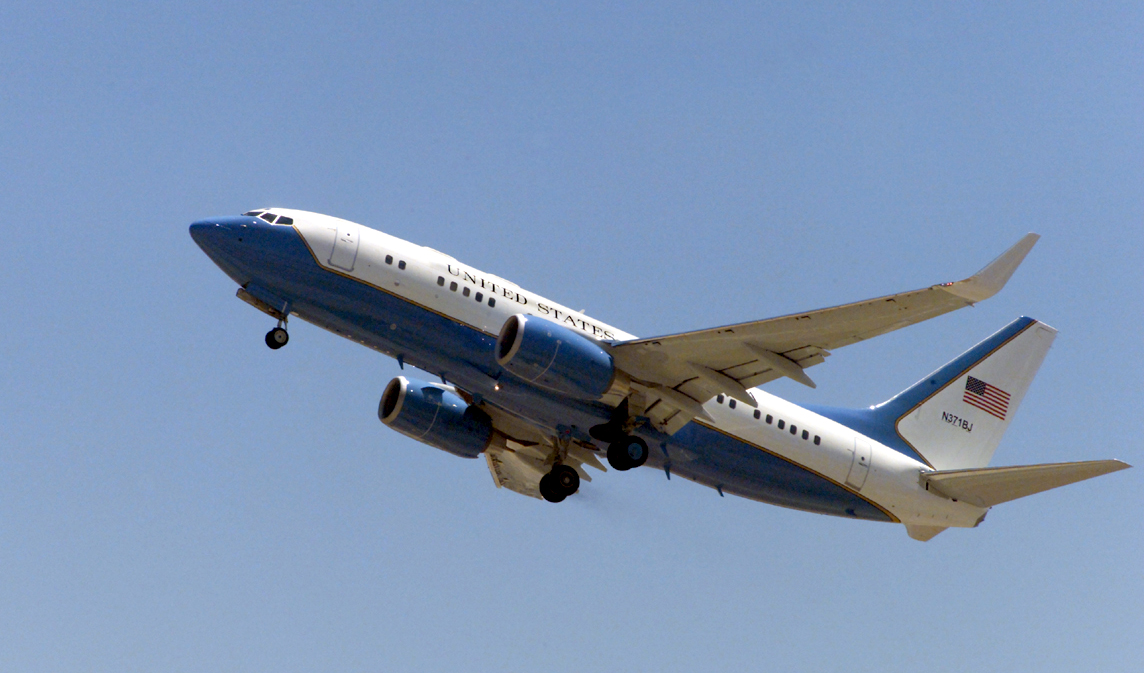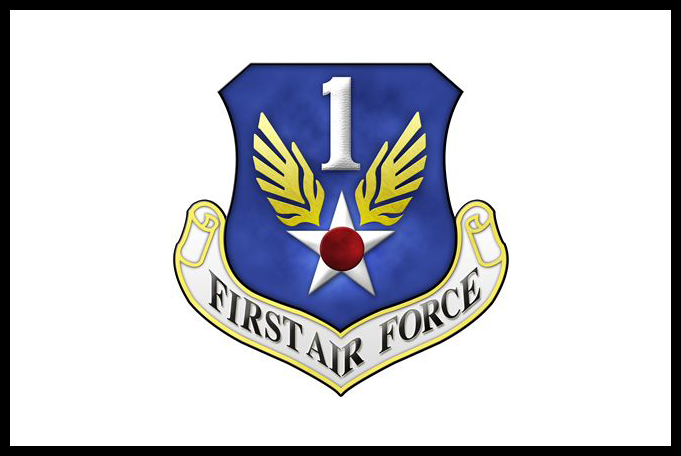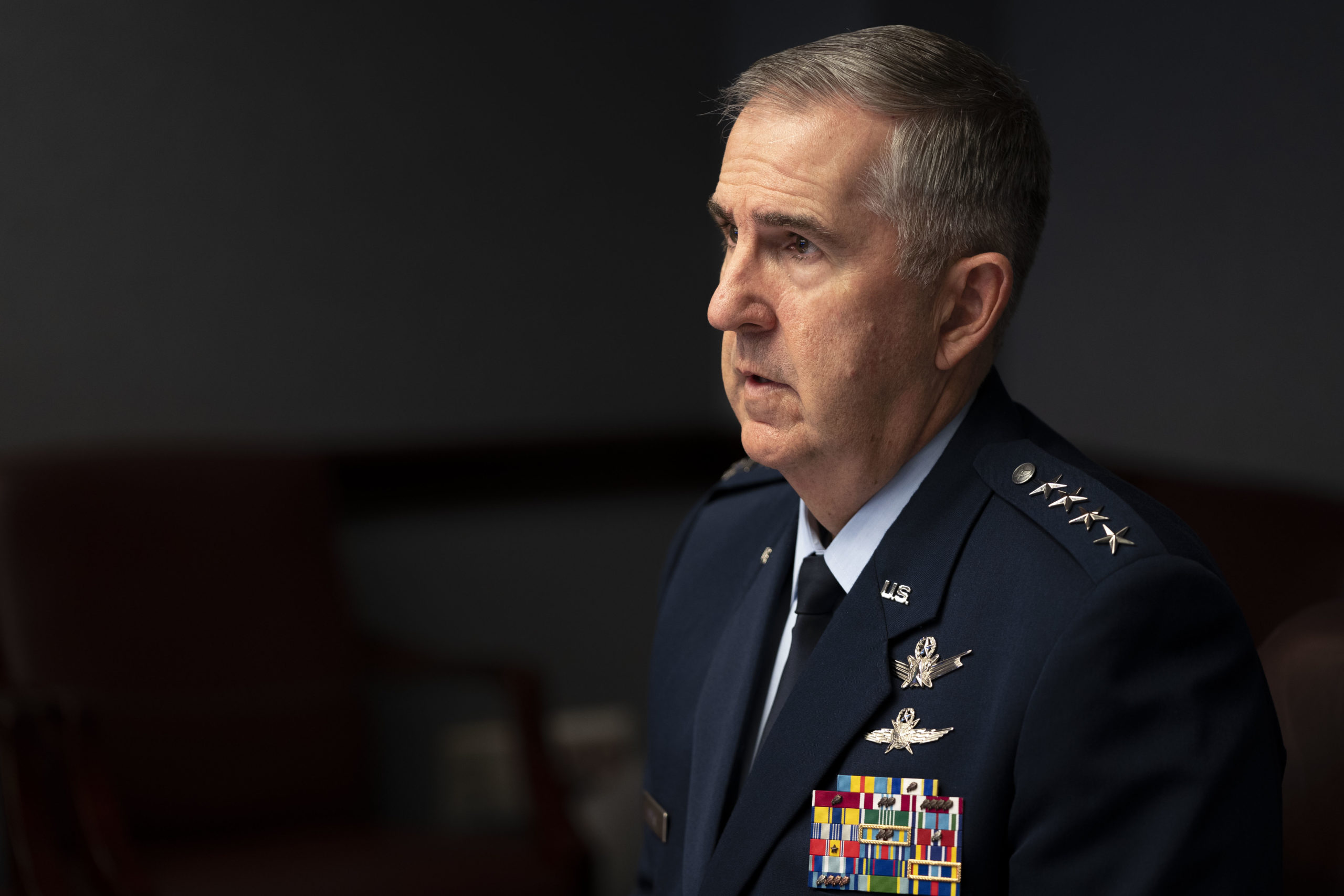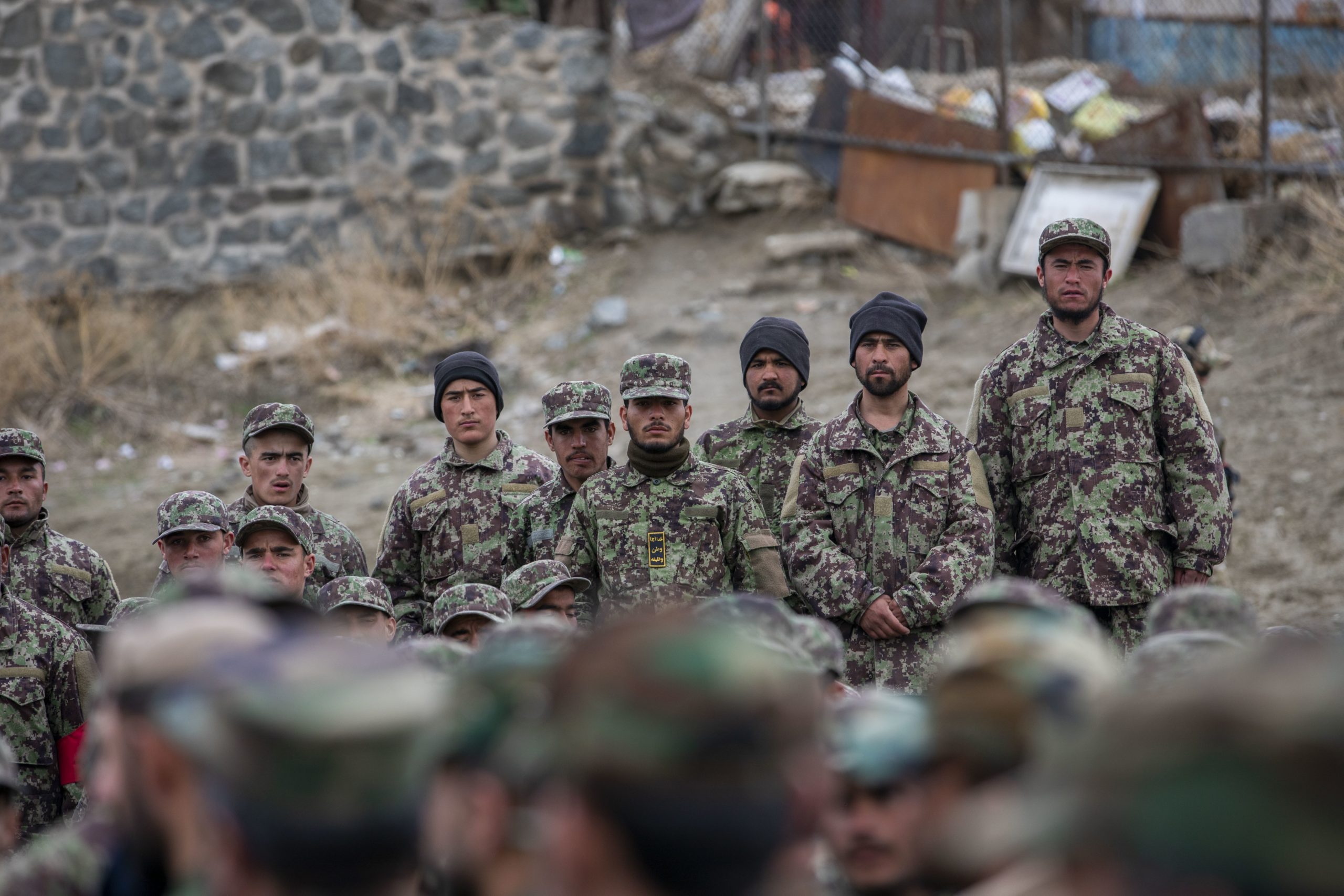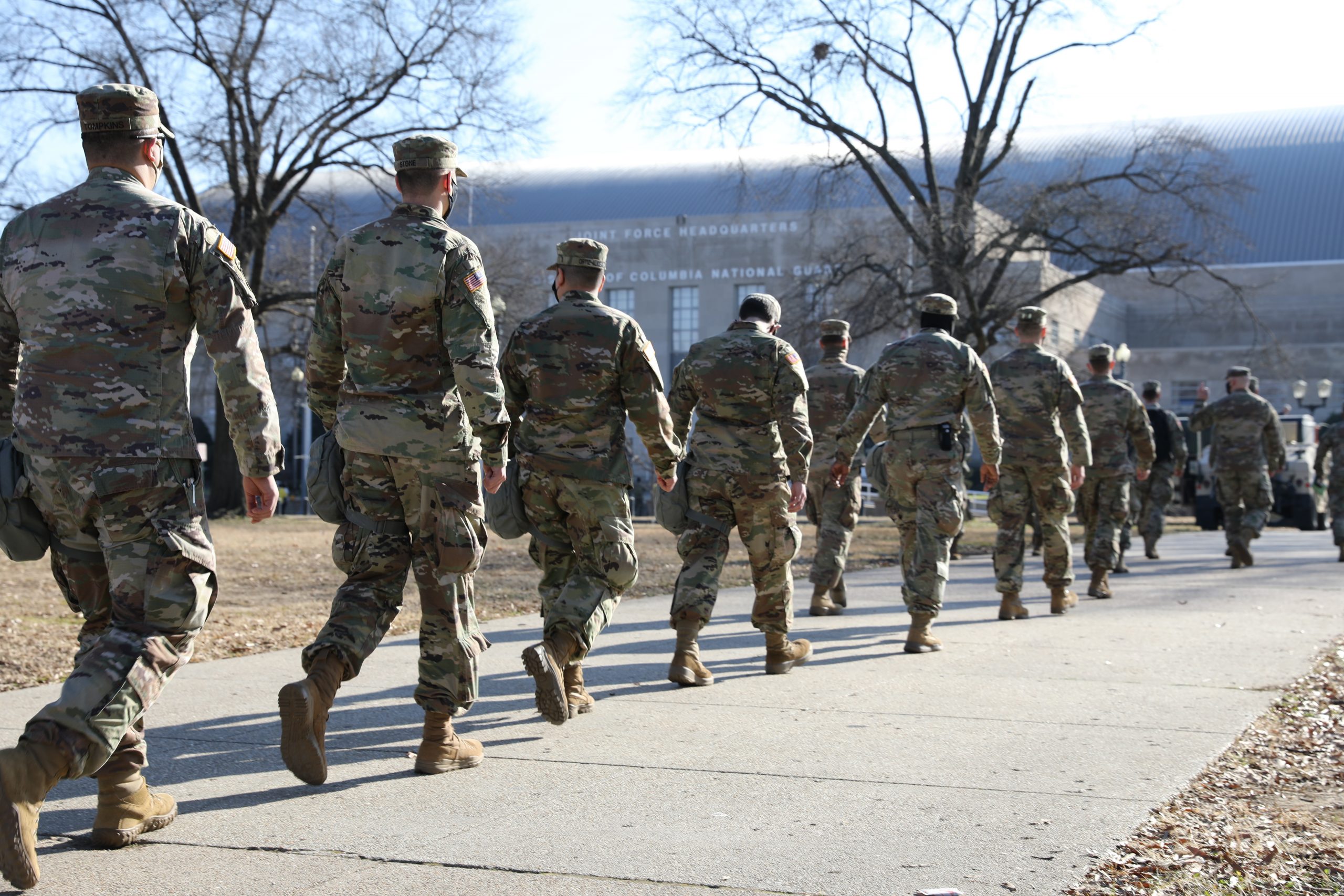A complacent defender failed to prevent an intruder from accessing Joint Base Andrews, Md., on Feb. 4, the Air Force Inspector General found. In a report released March 11, the IG said the intruder came upon a malfunctioning gate and, because of other Airmen’s mistakes, accessed the Andrews flight line and boarded a C-40B aircraft assigned to the 89th Airlift Wing.
Getting On Base
During a March 11 call with reporters, AFIG Lt. Gen. Sami D. Said said that “three layers of breakdown” made the events of Feb. 4 possible.
The first, he said, was that a 316th Security Forces Squadron Airman allowed the man to enter a base gate “without the proper credentials.”
The intruder shouldn’t have been allowed on base since he lacked a Defense Biometric Identification System card or other alternate ID that would’ve given him access, and wasn’t on Andrews’ Entry Access List, the report stated.
The defender who let him through said they couldn’t recall whether the intruder “presented his driver’s license or any other form of ID prior to driving through the gate,” even after watching a video replay of the incident, it stated. During questioning, the Airman admitted to have gotten “complacent” and ignoring standard procedures in letting him on base, the report added.
The Airman has been disciplined, but Said wouldn’t disclose what that looked like.
“Command action [has] been taken against the Airman at the gate, and as you know, we don’t disclose the specifics just out of privacy for the particular individuals,” he said. “We don’t want to undermine that or embarrass them, but yes, action against that particular Airman is complete.”
The Airmen’s mistake wasn’t the result of broader training or operational issues, Said added.
“At the end of the day, it was a human error at the gate,” he said. “We didn’t find any particular indication that overall training is deficient, [or that] overall tactics, techniques, and procedures are deficient. It was an individual failure by an Airman that clearly then said, ‘I know what I’m supposed to do. I didn’t do it because I was distracted … and failed to follow through.’”
However, Said said, in response to the AFIG inquiry, the base “reemphasized to all their security forces personnel all the basic steps that are required and the protocols and the procedures at the gate.”
Accessing the Flight Line and Getting on the Plane
After getting on base, the intruder then entered the Andrews flight line via an automatic gate that malfunctioned and remained about a foot and a half open, Said said.
“That gate had been previously written up as having a problem fix, and in the preceding days to this incident, had not been identified as having any additional problems,” he said. “However, on the date of the incident, it remained open, which is a repeat of [a] deficiency identified earlier, so had the gate closed as it should have, he couldn’t have accessed the flight line physically.”
Andrews is putting a bigger emphasis on ensuring repairs made to “fences and gates that give access to sensitive areas” can be validated in order to prevent future security gaps, he said.
Finally, an Airmen on the flight line—both “roving security forces patrols and Airmen” who were training on the aircraft—”failed to challenge the individual as to why he was on the flight line.” Said said Airmen didn’t spot the intruder while he walked from the malfunctioning gate to the aircraft, and then didn’t challenge him as he boarded it.
“Security Forces personnel were present and should have seen [the intruder] and intercepted him before he accessed any resources,” the report states. “89 AW personnel on the aircraft should have challenged [him] when he boarded the aircraft without a [restricted area badge], but they were focused on training with a reasonable expectation of security while parked inside a restricted area.”
Said said the people who should’ve challenged him potentially assumed he was a contractor with permission to be on the flight line.
“The individual wasn’t attempting to disguise themselves, but … was wearing clothes that could have been confused as a contractor,” Said said. “Normally, it’s bluish in color.”
Luckily, Said said, once defenders were tipped off to his presence in the base’s passenger terminal that’s located beside the flight line and his confused state, they “apprehended him pretty darn quickly—the minute he came off the plane.”
No Threat Found
The intruder had no known ties to Andrews, and while the Air Force found wire cutters in his vehicle, he said his office has “zero reason to believe” the intruder meant to harm anyone.
“He had nothing with him that could’ve harmed anybody, and then when we questioned him several times as to why he was there, his response was, ‘I just wanted to see airplanes,’” Said said.
According to Said, the intruder also stood no chance of reaching Air Force One.
“You know physically, it’s a long ways away, but more importantly, the layers of security that individual would have to go through and get anywhere close to the portion of [the] flight line where the presidential aircraft is kept, there is no way he’s gonna get to that.”
Different parts of the Andrews flight line are guarded at different protection levels, ranging from PL-3 (the lowest level, which the C-40B section of the area fell under) to PL-1 (the highest protection level, which applies to the area where Air Force One is kept), he explained.
The Department of the Air Force Officer of Special Investigations on Feb. 4 determined that the intruder possessed “an extensive arrest history” in addition to “an active warrant for his arrest,” and that he was homeless and unemployed at the time of the breach, the report stated.
Additional Fixes
In addition to reupping defenders’ awareness of gate rules and procedures and ensuring that mechanical fixes to its fences and gates actually take, Andrews also is working on “long term fixes” in response to the AFIG’s findings, including beefing up “physical security structures from a variety of things,” Said said.
“I don’t want to get into details because they’re a little bit security sensitive, but you’d guess, cameras, some additional detection equipment that would help in case you have another breakdown in human failure, individual failures, you’ll have some backup systems that might help us out,” he said.
This is notable, because the report found that the base couldn’t account for the intruder’s whereabouts for at two stretches of time:
- Between his entrance to the base at 7:16 a.m. EST and his arrival at its exchange parking lot at 8:10 a.m. EST
- Between his exit from the lot at 9:34 a.m. EST and the time personnel spotted him in the passenger terminal around 11:45 a.m. EST
Overall, Said said, he’s “comfortable and confident” the base understands his office’s findings “and that they’re actually going … the extra mile to make sure they cover down and prevent something like this from happening again.”
The Department of the Air Force’s separate review of security at all USAF and USSF installations, which was triggered by the Feb. 4 breach, is being handled by the service’s A/4 directorate. It kicked off approximately two weeks ago and “will take a few months to do,” Said added.
On Guard, But Not Immune
Andrew’s reaction to the AFIG investigation hasn’t made it immune to breach attempts, however.
On the afternoon of March 6, a 29-year-old man unaffiliated with the Defense Department used a Ford F-150 to ram “a swing arm at the” base’s main gate “multiple times,” a base spokesman wrote in a March 11 email to Air Force Magazine.
“U.S. Air Force Security Forces Airmen deployed mechanical road barriers, so the individual veered across the median and into a field,” the spokesperson added. “He then crashed into a fence on the base’s perimeter; the reinforced fence stopped the vehicle.”
The would-be intruder was then detained and found to pose “no threat” to base operations, they wrote. However, base defenders discovered “drug paraphernalia on” the intruder’s person, the spokesperson wrote, noting that “he appeared to be under the influence of an illegal substance.”
“Security Forces cited the man for federal charges and he was later turned over to local law enforcement for additional unrelated civilian charges,” the spokesperson wrote.
